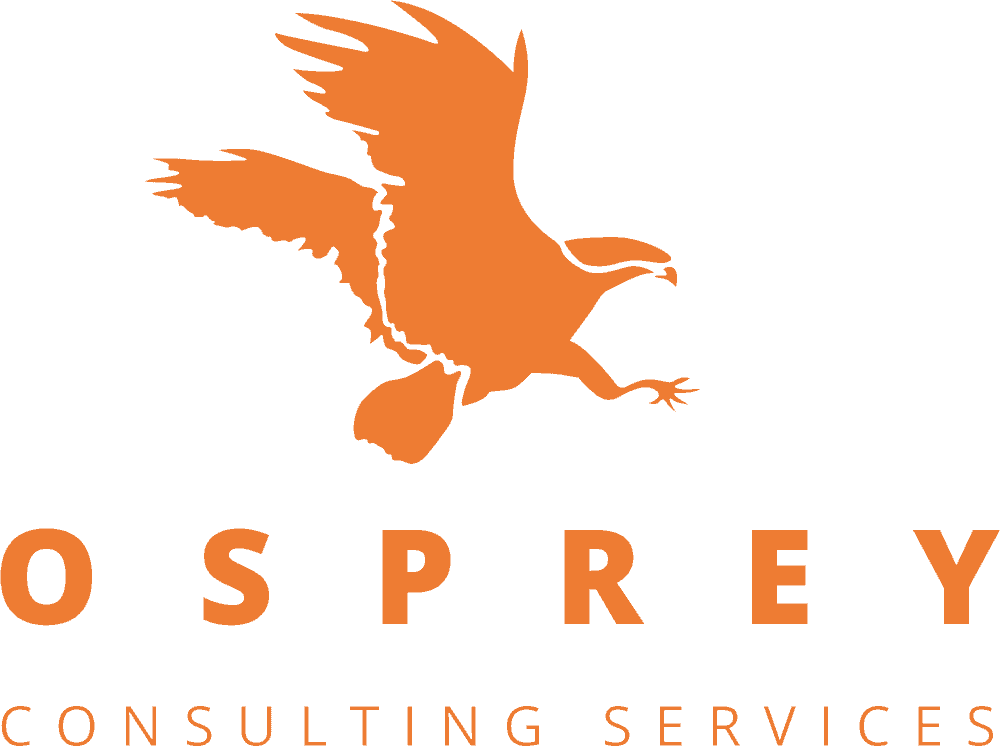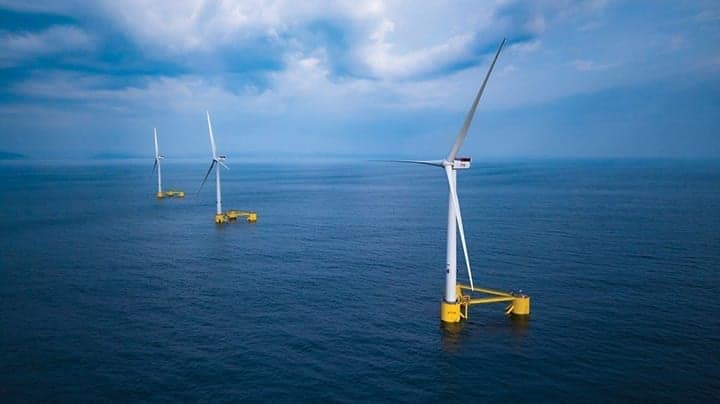The report reviews the available guidance and tools for undertaking assessments and establishes where gaps exist for floating Wind Turbine Generator (WTG) windfarm-specific impacts. It also proposes opportunities to address those gaps.
A four-stage methodology was undertaken for maritime and aviation disciplines. Firstly, a literature review was used to identify all relevant legislation, guidance, tools, methodologies and lessons learnt relevant for offshore wind. Secondly, lifecycle mapping for a FOW Farm was undertaken with developers and two representative case studies were developed to frame the assessment of potential impacts. Thirdly, a gap analysis was undertaken by comparing the potential impacts with existing guidance and identifying where there were inconsistencies or where potential impacts were not adequately addressed. Finally, opportunities for addressing those gaps were identified and scored given their relative effort and benefit.
The results of this study identified that whilst there are a great number of potential effects associated with Offshore Wind Farms (OWFs), the majority were assessed to be either consistent with, or have minor differences, between fixed and floating offshore wind and therefore, in most cases, existing guidance and tools were fit for purpose. There were however some key exceptions where gaps were identified across aviation effect pathways:
- Management of wet storage sites – FOW introduces new potential effect areas in coastal waters where WTGs might be temporarily moored during construction or maintenance. Coastal/littoral aerodromes have not typically been directly impacted by offshore windfarms. The use of wet storage imposes new potential effects to aviation receptors which have not previously been assessed in project applications due to uncertainties on the likely locations of wet storage sites and proximity to aerodromes.
- Assessment of the safety of towage operations – The potential frequent movement of FOW WTGs introduces new risks both around project sites and Coastal/littoral aerodromes. There is a greater potential for conflict with vessel traffic, WTGs in transit and aviation receptors.
- Changes to site layout – Maintenance activities may result in temporary removal of floating WTGs from the array area, resulting in gaps and changes to geometries which are difficult to manage, change site lighting and marking and might increase aviation risk.
- Cumulative impacts – The significant pipeline of FOW projects is likely to result in greater prominence of cumulative effects, and existing approaches through project-specific assessments are perhaps not well suited to regional scale issues.
To address these challenges, several aviation opportunities were identified which included development or update of guidance and greater national coordination. In particular, it was determined that:
- Improving the planning, risk assessment and management of wet storage sites was a key opportunity to minimise adverse impacts to aviation. Possible solutions were considered from updating existing guidance, developing new guidance and requiring separate wet storage studies to consolidating and centralising the management of wet storage.
- Promoting the use of regional cumulative assessments to better address concerns around potential cumulative impacts.
The overarching theme of FOW effects might be distilled to that of geography. Potential effects are now spread across multiple ports and harbours, wet storage areas and towage routes. Opportunities exist for coordination and collaboration to both minimise impacts to aviation, whilst maximising the development potential for offshore renewable energy.

